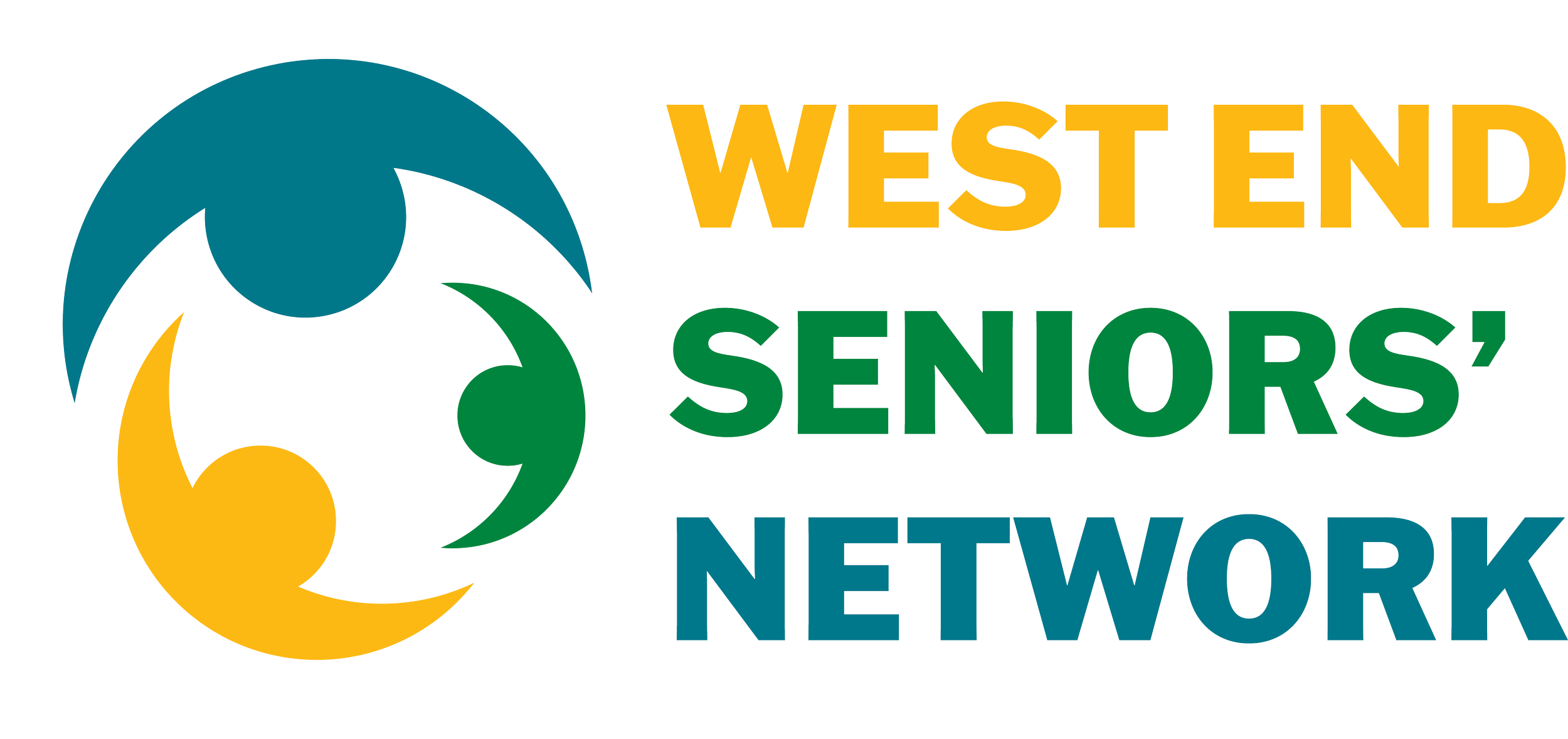HIDDEN TREASURES
/The Laughing Men bring out the mimic in everyone!
Vancouver Biennale Sculptures in the West End
Story & Photos by Dianne Maguire
(Click on photos to enlarge)
There is a rumour that the sculpture popularly called The Laughing Men was the tourist attraction that won Vancouver’s West End the “Great Place in Canada – Great Neighbourhood Award” in 2015. Ever since the 14 smiling bronze men were installed in Morton Park at the corner of Davie and Denman Streets (as part of the 2009 – 2011 Vancouver Biennale Foundation Exhibition of public art) it has been a favorite site for selfies. The name given the work by the artist, Yue Minjun of Beijing, China is “A-maze-ing Laughter”. The large figures are in comic poses with facial expressions of joy and mirth for which Yue Minjun used his own face as the model. “My intention, when making this series of sculptures, was to use art to touch the heart of each visitor and to have them enjoy what art brings to them.”
When the giant sculptures were first unveiled in July 2009, Mayor Gregor Robertson proclaimed a Day of Laughter which included a free laughing yoga class. In order to keep this relatively new landmark in Vancouver, Lululemon founders Chip and Shannon Wilson bought it and donated it to the city. Yue Minjun was honored that Vancouver chose to keep his work: “I seem to have seen your smiling faces in my heart.”
"Engagement" by Dennis Oppenheim.
Huntingdon Meadow – that open grassy area that stretches from Beach Avenue to Sunset Beach Park – is the home of “Engagement”, created by American artist Dennis Oppenheim. It reflects the enduring fixation for rings as symbols of relationships. This 30 foot high structure entered in the 2005 – 2007 Biennale consists of two rolled metal rings, each topped with illuminated plexiglass house-shaped “gems” set tilting away from each other – perhaps suggesting the precarious balance of marriage.
Oppenheim was known for using everyday domestic objects as the basis of his concepts for monumental sculptures. He tended to leave interpretations of his works up to the viewer. However, his title for his work often referred to as The Upside Down Church (installed in Coal Harbour in 2008) added to the controversial reaction of the Vancouver Parks Board who voted to dismantle the “Device to Root Out Evil”. Despite the provocative nature of this work, the Parks Board agreed to lease it to Calgary’s Glenbow Museum. Nonetheless, Dennis Oppenheim was awarded a Lifetime Achievement Award by the Biennale Board before his death in 2011.
Not the remains of a derelict ship or beached whale.
On Sunset Beach there is a large semi-circular shape of red brown rust that piques most viewers’ curiosity. It isn’t old whale bones or shipping debris, but it does reflect the interaction of natural elements, the repetitive curves and mathematical precision of shape creation. French sculptor Bernar Venet even titles his work to reflect that precision: “217.5 Arc x 13”.
The rust colour is the reaction of the 13 raw steel arcs to the natural elements of the beach environment, thus making the large sculpture blend into its setting. Venet explains that “increasing levels of abstraction and complexity frighten those for whom art is a means to attain a comfortable expression of calm, luxury and delight.”
This splendid example of his work was purchased by the Vancouver Biennale Legacy Foundation after the 2005 – 2007 exhibition.
"Jasper" on Jervis.
I don’t usually take you out of range of a relatively easy walk among the items I’ve featured. But there is one more Biennale sculpture in the West End that you might come across. It is located on the corner of Robson and Jervis streets. Brooklyn born USA artist John Clement is known for his tubular steel spiral sculptures painted in primary colours. Titled “Jasper”, this is another piece saved from the 2005 – 2007 Biennale. Clement himself explains his fascination with these forms: “the simplicity and beauty that lie in the three-dimensional composition of line and form that is sculpture.”




